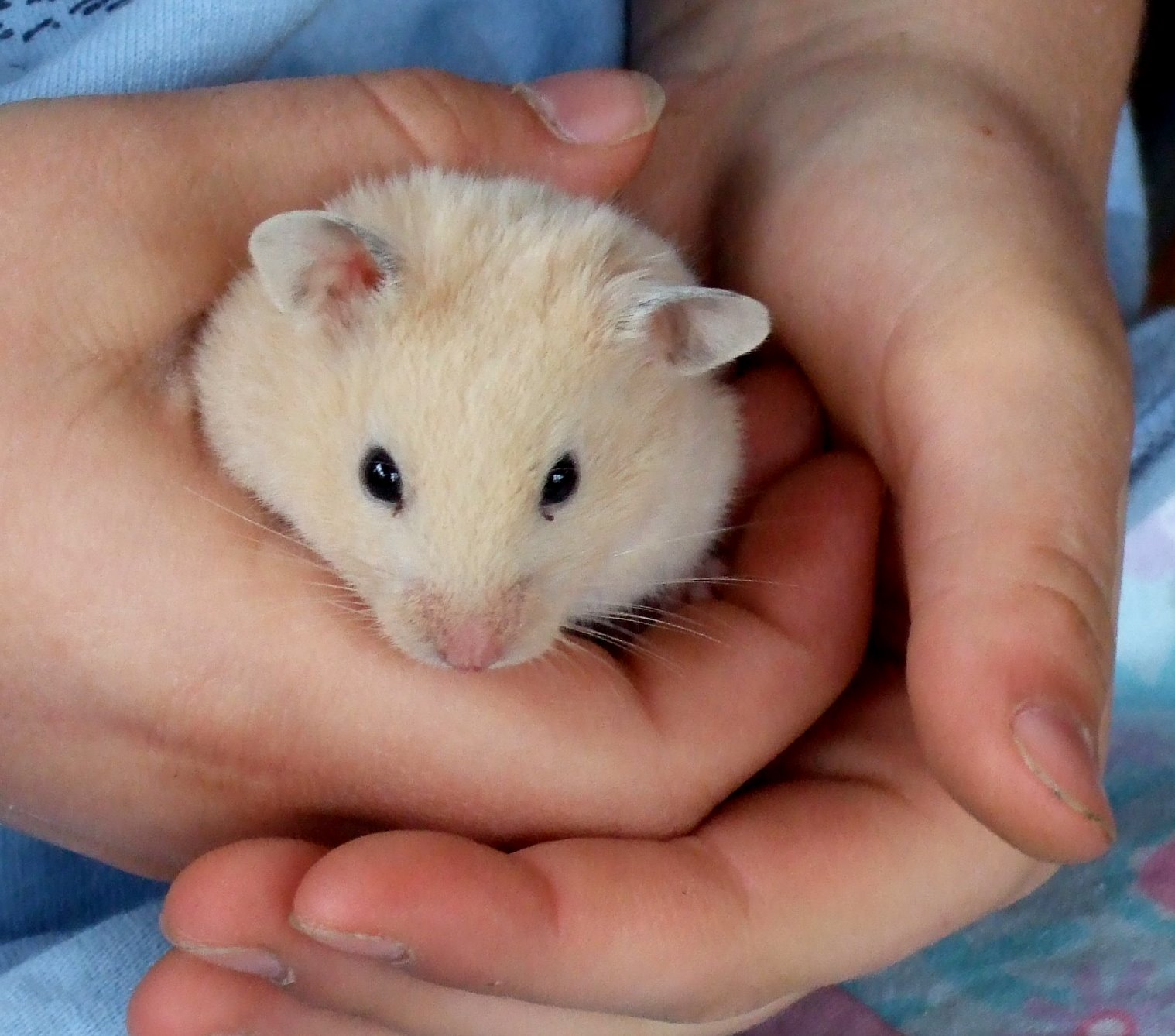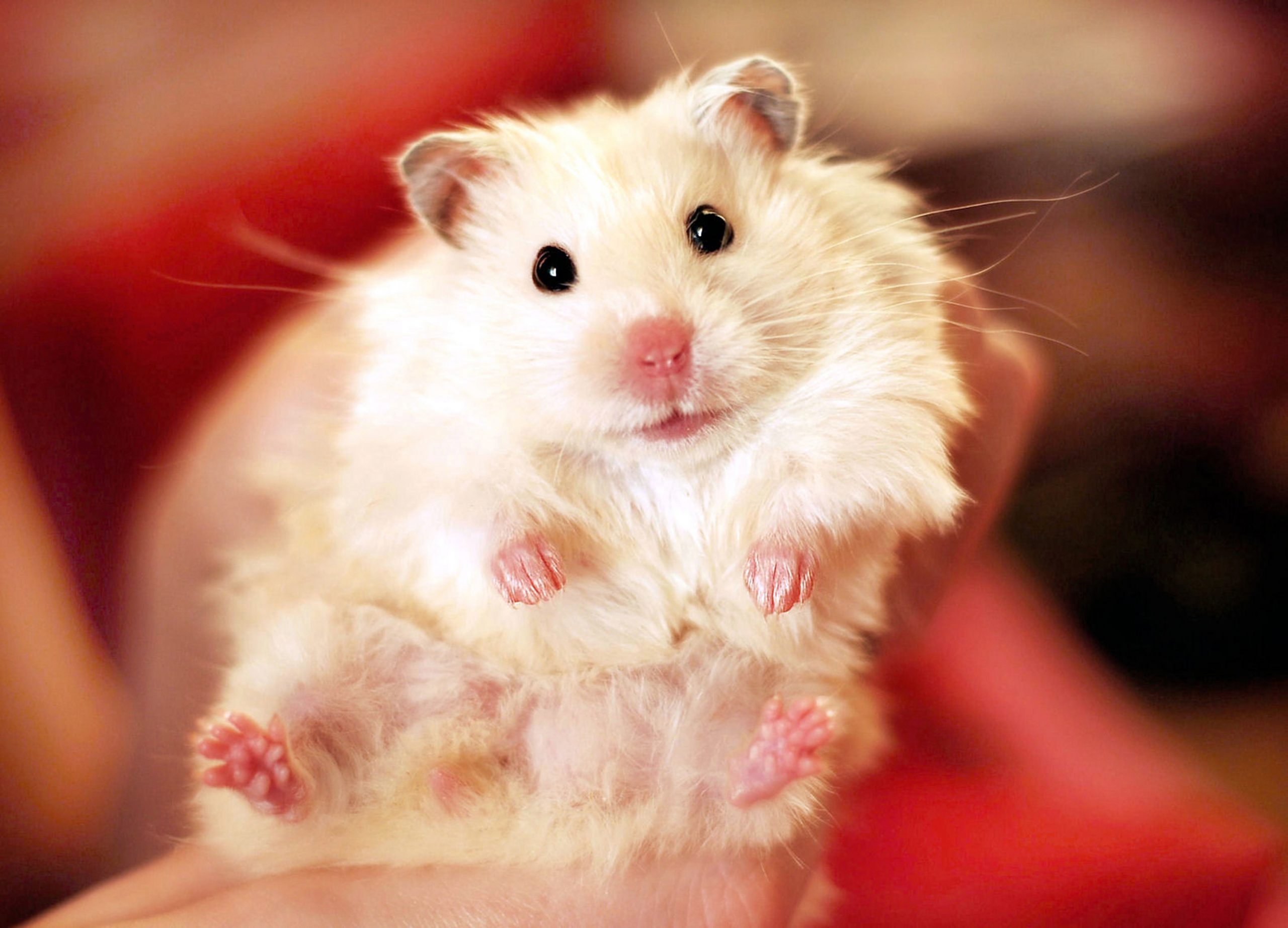X Hamsters: The Ultimate Guide To Understanding And Caring For Your Furry Friend
Ever wondered why hamsters have become one of the most beloved pets worldwide? X hamsters, in particular, have stolen the hearts of many with their quirky behavior and adorable antics. Whether you’re a first-time pet owner or a seasoned hamster enthusiast, this guide will provide you with everything you need to know about these tiny powerhouses of cuteness. So, buckle up and let’s dive into the world of x hamsters!
If you’re reading this, chances are you’re either already a proud hamster parent or considering joining the hamster-loving community. But hold your horses—or should we say hamsters—because there’s a lot to unpack when it comes to these tiny creatures. X hamsters, also known as dwarf hamsters in some circles, come with their own set of quirks, needs, and personality traits that make them truly unique.
This guide isn’t just another fluffy article about cute animals. We’re here to break down the science, care tips, and fun facts about x hamsters so you can be the best possible owner. Think of it as your ultimate cheat sheet for hamster parenting. Ready to roll? Let’s go!
- Movierulz 2023 The Ultimate Guide To Downloading Movies Safely
- Hd Hub 4ucom Your Ultimate Destination For Highquality Entertainment
What Are X Hamsters?
Let’s start with the basics. X hamsters, also known as dwarf hamsters or Syrian hamsters depending on the breed, are small rodents that belong to the Cricetidae family. They’ve been domesticated for decades and are now one of the most popular pets worldwide. But what makes x hamsters stand out? For starters, they’re super social, incredibly active, and have a lifespan of about 2-3 years, making them the perfect companion for both kids and adults.
Here’s a quick breakdown of why x hamsters are so special:
- They’re low-maintenance compared to larger pets.
- They’re relatively quiet and won’t disturb your sleep (most of the time).
- They’re super active during the night, which makes them fun to watch.
- They have a variety of breeds, colors, and patterns, so you can choose one that suits your taste.
But before you rush to the pet store, remember that owning a hamster is a responsibility. These little guys depend on you for food, shelter, and care. So, let’s dive deeper into what it takes to keep an x hamster happy and healthy.
- Movierulz 2024 The Ultimate Guide To Downloading Movies Safely And Legally
- Ullu Webseries Download Your Ultimate Guide To Trending Indian Content
Types of X Hamsters
Dwarf Hamsters
Dwarf hamsters are the most common type of x hamsters and are known for their small size and social behavior. They come in several varieties, including:
- Campbell’s Dwarf Hamster: Known for their docile nature and adaptability.
- Russian Dwarf Hamster: A bit more energetic and playful.
- Chinese Dwarf Hamster: These guys have a longer body and a cute little tail.
Each breed has its own personality traits, so it’s important to research which one would be the best fit for your lifestyle. For instance, if you’re looking for a hamster that’s easy to handle, the Campbell’s dwarf might be your best bet.
Syrian Hamsters
While not technically a dwarf breed, Syrian hamsters are still considered x hamsters by many enthusiasts. They’re slightly larger than dwarfs and are solitary animals, meaning they prefer to live alone. Syrian hamsters come in a variety of colors, including golden, white, and black, and are known for their friendly demeanor.
Fun fact: Syrian hamsters are also called "teddy bear hamsters" because of their fluffy appearance. If you’re looking for a hamster that’s easy to bond with, the Syrian breed might be perfect for you.
Setting Up the Perfect Habitat for Your X Hamster
Now that you know the different types of x hamsters, let’s talk about their living space. A good habitat is crucial for your hamster’s health and happiness. Here are some key things to consider:
Choosing the Right Cage
When it comes to cages, bigger is always better. X hamsters need enough space to run, play, and explore. A cage that’s at least 24x12 inches with a height of 12 inches is ideal. Make sure the bars on the cage are close enough together so your hamster can’t escape.
Pro tip: Avoid cages with wire floors, as they can hurt your hamster’s feet over time.
Bedding and Accessories
Hamsters love to burrow, so providing them with the right bedding is essential. Aspen shavings or paper-based bedding are great options. Avoid cedar or pine shavings, as they can be harmful to your hamster’s respiratory system.
Don’t forget to add some fun accessories like tunnels, wheels, and chew toys. Hamsters are naturally curious and love to explore, so keeping their environment stimulating is key.
Feeding Your X Hamster
Just like humans, x hamsters need a balanced diet to thrive. Here’s what you should feed your furry friend:
Hamster Pellets
Pellets should make up the bulk of your hamster’s diet. They’re packed with nutrients and provide the energy your hamster needs to stay active. Look for pellets that are specifically formulated for hamsters to ensure they’re getting all the right vitamins and minerals.
Fruits and Vegetables
While pellets are essential, adding some fresh fruits and vegetables to your hamster’s diet can make mealtime even more exciting. Safe options include:
- Carrots
- Apples
- Broccoli
- Peas
Remember to introduce new foods gradually and in small quantities to avoid upsetting your hamster’s stomach.
Treats
Treats are a great way to bond with your hamster, but they should be given in moderation. Sunflower seeds, peanuts, and small pieces of cheese are all safe options. Just be careful not to overdo it, as too many treats can lead to obesity.
Understanding X Hamster Behavior
One of the most fascinating things about x hamsters is their behavior. These little guys have a personality all their own, and understanding their quirks can help you build a stronger bond with your pet. Here are some common behaviors you might observe:
Hiding and Hoarding
Hamsters are natural hoarders and love to stash food in secret spots. Don’t be surprised if you find a pile of seeds hidden under their bedding. This behavior is instinctual and helps them feel safe and secure.
Running on Wheels
Hamsters are nocturnal creatures, which means they’re most active at night. A good-quality hamster wheel is a must-have for keeping them entertained and healthy. Just make sure the wheel is large enough and has a solid surface to prevent injury.
Grooming
Hamsters are clean animals and spend a lot of time grooming themselves. If you notice your hamster cleaning its fur, it’s a sign that they’re feeling good and healthy.
Health and Care Tips for X Hamsters
As a responsible hamster owner, it’s important to keep an eye on your pet’s health. Here are some tips to help you keep your x hamster happy and healthy:
Regular Check-Ups
Even if your hamster seems healthy, it’s a good idea to schedule regular visits to the vet. Hamsters can develop health issues quickly, so early detection is key. Look for signs of illness such as lethargy, loss of appetite, or unusual behavior.
Dental Care
Hamsters have continuously growing teeth, which means they need to chew on things to keep them at a healthy length. Providing chew toys and blocks is essential for preventing dental problems.
Exercise
In addition to running on a wheel, hamsters need time outside their cage to stretch their legs. Supervised playtime in a safe, enclosed area is a great way to keep them active and engaged.
Common Myths About X Hamsters
There are a lot of misconceptions about hamsters floating around, so let’s set the record straight:
Myth: Hamsters Are Easy to Care For
While hamsters are relatively low-maintenance compared to larger pets, they still require time, attention, and care. They need a clean living environment, a balanced diet, and regular interaction with their owner.
Myth: All Hamsters Are the Same
Each breed of hamster has its own unique characteristics and needs. For example, dwarf hamsters are more social and can live with a companion, while Syrian hamsters prefer to live alone.
Myth: Hamsters Don’t Need Vet Visits
Just like any other pet, hamsters can develop health issues that require professional care. Regular vet visits are essential for ensuring your hamster stays healthy and happy.
Fun Facts About X Hamsters
Here are some interesting facts about x hamsters that you might not know:
- Hamsters have cheek pouches that can hold up to a third of their body weight!
- They can run up to 6 miles a night on their wheels.
- Hamsters are one of the few animals that can see in the dark.
Who knew these little guys were so fascinating?
Conclusion: Why X Hamsters Are the Perfect Pet
So there you have it, folks! X hamsters are not only adorable but also fascinating creatures that make great pets for people of all ages. Whether you choose a dwarf hamster or a Syrian hamster, remember that owning a pet comes with responsibilities. By providing your hamster with a proper habitat, a balanced diet, and plenty of love, you’ll be rewarded with years of joy and companionship.
Now it’s your turn! Share your experiences with x hamsters in the comments below. What’s your favorite breed? Do you have any tips for fellow hamster owners? Let’s keep the conversation going!
Table of Contents
- What Are X Hamsters?
- Types of X Hamsters
- Setting Up the Perfect Habitat for Your X Hamster
- Feeding Your X Hamster
- Understanding X Hamster Behavior
- Health and Care Tips for X Hamsters
- Common Myths About X Hamsters
- Fun Facts About X Hamsters
- Conclusion: Why X Hamsters Are the Perfect Pet
- Unveiling The World Of Movierulz Rx 100 Your Ultimate Movie Streaming Guide
- 5 Movie Rulz 2024 The Ultimate Guide To Blockbuster Hits You Cant Miss

Breeding hamsters ZooEasy

Hamster Facts Types Of Hamsters DK Find Out

Hamsters Cute Gif Hamsters Cute What Discover Share Gifs My XXX Hot Girl